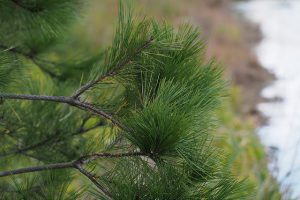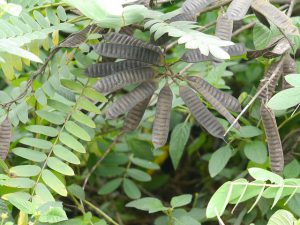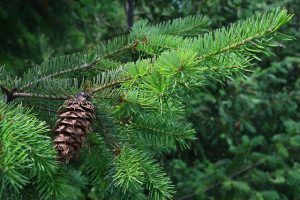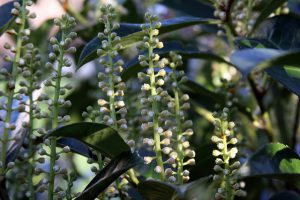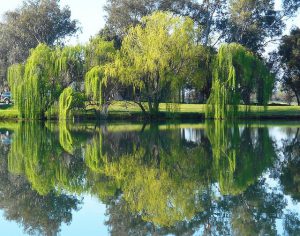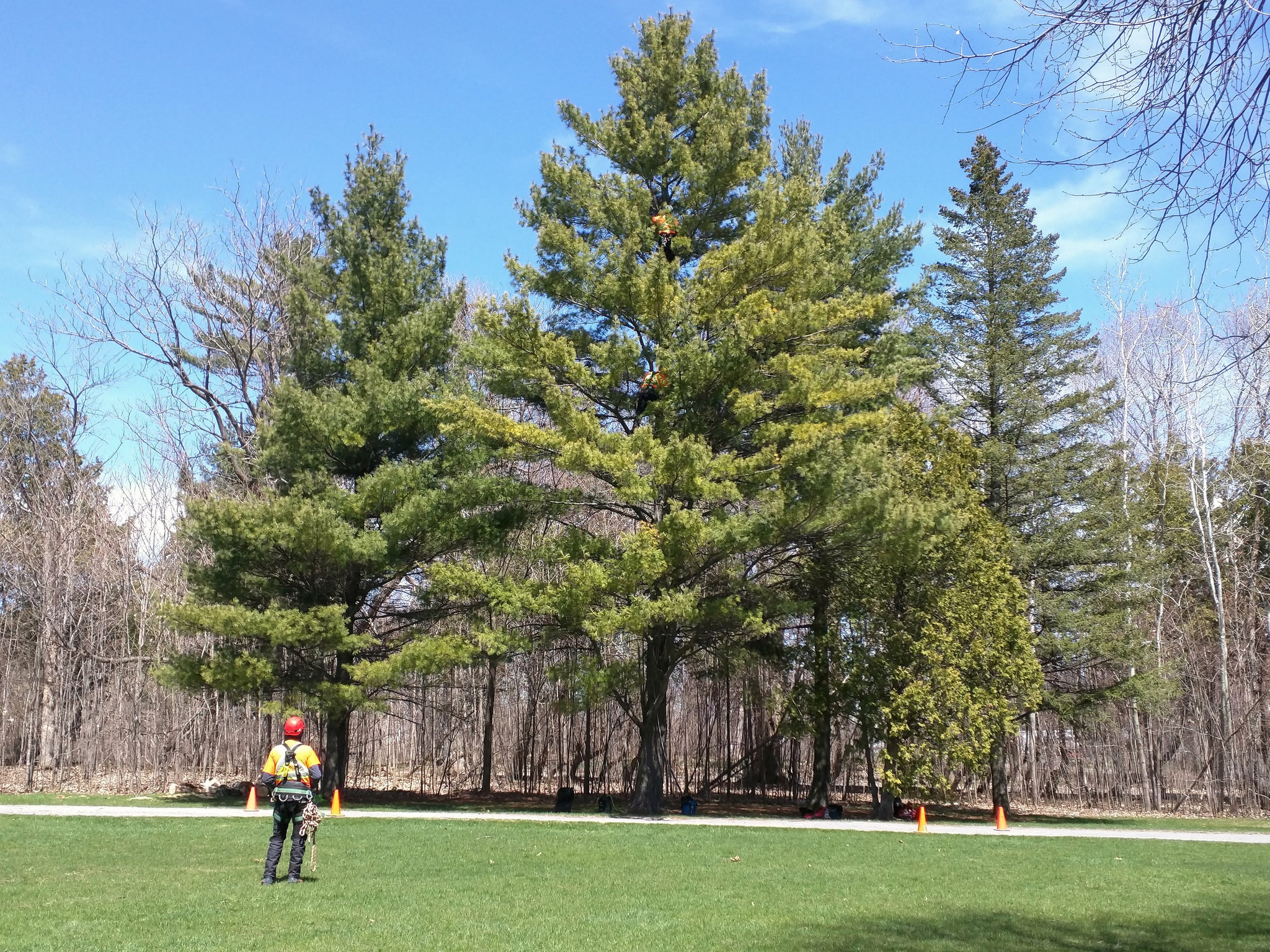
When you look around your neighborhood and your yard, you might notice that people are out and about cutting their trees and pruning them at different times of the year. For someone who hasn’t really done their research, this can be quite confusing. Most of us just assume that we can prune our trees whenever we feel like it or whenever one tree can be pruned, it is a good time to prune the rest. However, that just isn’t the case. You have to do some research to determine when, where, why, and how to prune your trees.
For some Southern Ontario trees, pruning in the fall is better because the trees tend to be brittle and dry. Other trees are better pruned in the spring because you can see the shape and understand where to make a cut. Sometimes, some trees should even be pruned in the heart of summer. It is quite confusing.
Since there isn’t a “one time fits all” solution to this problem, when should you prune your trees? There are many answers to that question, but let’s go over the time to prune the most common trees in Southern Ontario:
5. Japanese Red Pine: Winter
- Extremely tough trees can take significant pruning
- Wait until the weather is consistently tough
- Small, cosmetic pruning can happen at any time.
The first thing you should know about pruning the Japanese Red Pine is that for the first fifteen years, you want to be careful about the cuts that you make, according to Fine Gardening. Though the tree does go through an “ugly” stage, you should keep your hands to yourself.
Still, once the tree has been established, you can really get to work and do some serious pruning. These trees are extremely hardy and can stand up to quite a bit of pruning – and you will have to do it. Prune in the winter months because you lessen your risk of getting your tree infected or infested. The tree is completely dormant in the winter as well, so cutting is easier. As you prune, make decisive trims that will keep the tree looking fresh and new. Too many small trims actually hinder the growth of the tree and put it into distress.
Still, don’t be afraid to lose some of the wood, it will look and perform much, much better.
4. Empress Tree: Winter (After a Few Years)
- This tree takes some time to settle, so allow it to
- Make your cuts from the bottom toward the top
- Keep the tallest branches in place
Some people allow their Empress Trees to go wild, which means that they end up with a bush or a shrub instead of getting the actual tree. Many people will buy Empress trees because they are gorgeous and make a beautiful addition to any Ontario yard. However, they don’t take care of it properly and the tree ends up looking like every other tree on the block. If you want something to stay beautiful, you have to take care of it.
One thing that you want to be aware of with an Empress Tree is that you should allow it to settle for a few years, up to five years according to Emily Compost. It will naturally die back during the colder seasons, but it will take care of itself. Human interference is not suggested.
When you do start to cut, make sure that you do it during a dormant time. If you don’t, you run the risk of losing large sections of the tree and then it truly won’t look like the beautiful tree that you wanted.
3. Douglas Fir: Early Spring, If Necessary
- Smaller, deliberate cuts are better
- Use special tools that help you to shape the tree
- Novices should only prune to shape the tree
Most people really only think about pruning a Douglas Fir Tree when they cut it down and put it in their homes for Christmas. However, the amount of pruning that you do to that tree is the exact opposite of what you want to do to a Douglas Fir that is growing in your yard.
According to The Spruce, “Don’t try to prune once the needles have opened fully or you may end up with a misshapen plant, since most evergreens cannot replace their growing tips.”
Like other evergreen trees, you don’t want to trim your Douglas Fir too much, or that could be detrimental. Instead, you want to remove infested or diseased branches, clean up anything that has died, and delicately shape the tree. As soon as you are finished, make sure that you remove the debris or any diseases or bugs that were there will go immediately back onto the tree.
When pruning the smaller, more precise the cuts, the better off your tree will be.
2. English Laurel: Late Spring or Early Summer
- Prune to reduce skinny growth
- Limit pruning to once or twice per year
- Can shape using pruning techniques, but be gentle
If you have more than one English Laurel tree, it is important to note that you should prune all of them at the same time, according to Plant Amnesty.
However, the truth of the matter is that you really do not have to prune the English Laurel Tree all that much. Rather, it is best when you just keep it as nature intended. So many people will prune this tree and do so incorrectly, rendering it absolutely pitiful and ugly.
If you absolutely do have to prune your trees, push it to the end of the spring season or the start of the summer. Doing this ensures that it is healthy and has moved through a season. Give it more water in the weeks leading up to pruning so that it can withstand any damage. Never prune during a drought.
1. Weeping Willow
- Prune when the tree is younger
- Only prune if absolutely necessary
- It is better to prune strong branches
Pruning a Weeping Willow tree typically isn’t done for any reason other than training it to do what you want. Training a willow is an important part of ownership, according to Home Guides, because it will keep your tree from growing out of control. You have to make specific cuts and prunes in places so that you can teach the tree where to go and how to grow.
When pruning your Weeping Willow tree, you have to first identify the leading branch. To identify it, look at the amount of weight and stress put on the individual branches. When you do this, you will see on leader emerge by itself. If you aren’t sure, it might not be a good idea to make many cuts. Weeping Willow trees are best left to professionals.
You can, however, start removing the dead and decaying tree parts. You can also remove any suckers that form along the base of the tree.
Pruning your trees doesn’t have to be something that you do alone. Many people truly and honestly do not know what they are doing when it comes to making cuts. You wouldn’t cut your own hair, so why should you cut your trees?
That is why our team at Van Till Tree Care works with citizens of Southern Ontario, helping them to understand how and when to prune their trees – or just helping them to trust us enough to let us do it. Our team is completely licensed and insured. We have worked for years to perfect our class. Each tool we use is the best one for the job and the same thing can be said about our methods.
If you need help pruning or trimming your trees, give Van Till Tree Care a call today at (800) 554-3834.

